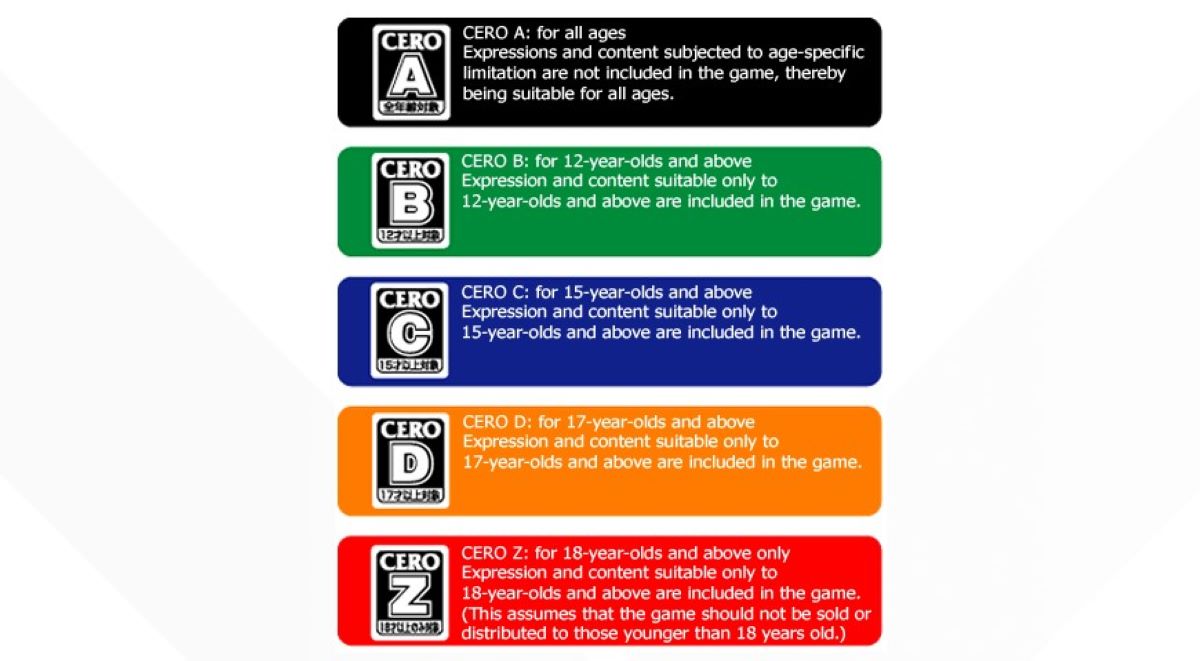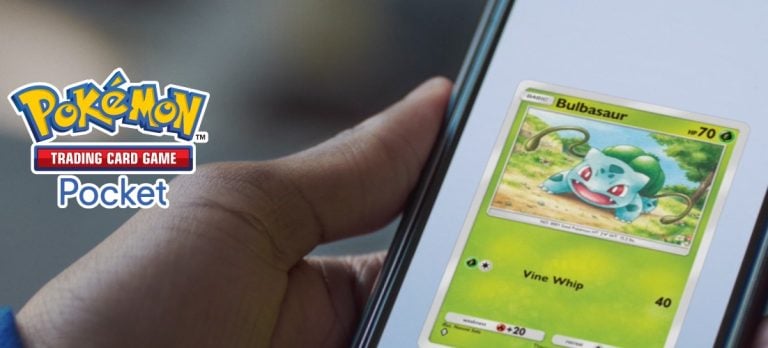Getting a game age rated in Japan can be an expensive experience – especially in the case of multiplatform and physical releases. Recent conversations between Japanese users on social media have highlighted the unexpected costs of obtaining a CERO rating in Japan, and why the IARC provides a welcome alternative for digital-only games.
Established in 2002, CERO (Computer Entertainment Rating Organization) is Japan’s age rating authority for video games. The system consists of 5 different age classifications: CERO A (all ages), B (12+), C (15+), D (17+) and Z ( 18+). Anyone who wants to release a physical console game in Japan must apply to CERO to have their game assessed. However, this takes both time and money.

Before submitting a game to CERO for rating, the organization or individual can choose whether to apply as a CERO member or as a non-member. According to CERO’s website, the enrollment fees for regular members are 200,000 yen (about $1,350), with an annual membership fee of 100,000 yen (supporting members must pay a 100,000 yen enrollment fee and 50,000 yen per year). These fees are the same for both individuals and groups. Non-members naturally avoid paying membership fees; however, this makes the reviewing costs higher.
The reviewing cost for a new game is, according to what users are reporting, around 70,000 yen (about $470) for members and 200,000 yen for non-members. But this is not all. Those who want to release their game on multiple platforms have to pay an additional porting review fee per platform (this fee is also higher for non-members).
Recent conversations between Japanese users on social media have highlighted how these costs can quickly add up, with developers and those involved in the games industry weighing in on the issue.
Post translation: I have requested this information from CERO once, so I will share the exact costs as of 2021. It is clear that CERO acts as a barrier to both small developers entering the market and to multiplatform releases.
The “porting review fee” is an additional fee that is charged when a game that has already been reviewed by CERO is released on another platform. For example, if you want to release a game with a CERO rating on Xbox, PlayStation and Switch, you will be charged the “reviewing fee + 2 porting fees,” even if the game is exactly the same. There should be no need to review it again if it is the exact same game, yet for some reason this charge exists.
For CERO members:
Review fee: 70,000 yen, porting fee: 20,000 yen
(Membership enrollment fee: 200,000yen, annual membership fee 100,000 yen)
For non-members:
Review fee: 200,000 yen, porting fee: 60,000 yen
*The reviewing fees don’t include tax.
In conclusion, it is expensive to release a game on multiple platforms with a CERO age rating in Japan. However, the IARC (International Age Rating Coalition) provides an alternative to some extent. IARC ratings are free to apply for and make it easier for developers to gain an international age rating for their game. As their website explains. “Developers are relieved of having to go through multiple processes for obtaining ratings from the different territories and storefronts in which they wish to make their games and apps available.”
In Japan, major digital store fronts like the Nintendo eShop, Microsoft Store and PlayStation Store support IARC ratings, making them a viable alternative to CERO, especially for cash-strapped indie developers. In fact, when PlayStation Store added IARC support in Japan back in March 2022 – the effect was noticeable, with many small-scale and indie games (some of which had previously been available outside Japan) being added to the Japanese storefront in the month that followed.
Unfortunately, IARC age ratings can only be used for digital games and apps. Those who want to release a physical game in Japan must obtain an age rating from CERO – making it potentially cost prohibitive to give smaller titles a physical release in the country.

CERO has come under fire before for its “vague” review process and the strictness of its top CERO Z rating, which has led to content in many overseas games being censored in Japan, and even outright bans of titles like The Callisto Protocol. The latest discourse around the cost of applying for a rating from CERO highlights a lesser-known issue with video game ratings in Japan.





